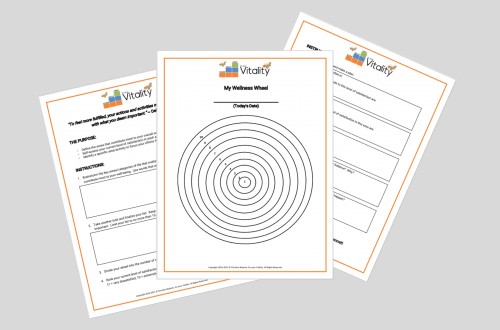
WATER – Why It’s So Important, How Much You Need, & The Best Ways To Get It
Why’s Water So Important?
On average, water makes up a whopping 60% of total body weight.
Only air (we survive just minutes without oxygen) is more vital than water to stay alive. We can survive weeks without food but only days without water.
It’s used by every cell of our body.
5 Functions of Water:
+ transports nutrients
+ eliminates waste
+ regulates body temperature
+ lubricates joints
+ facilitates weight management (thirst can often be masked as hunger pains)
5 Symptoms of Mild to Moderate Dehydration:
– loss of mental alertness
– physical fatigue
– headaches
– constipation
– dry mouth
How Much Do You Need?
We need approximately 30 ml per kg per day. For a 150-pound person, that means 2 liters.
The common goal of 8 cups per day for women and 10 cups per day for men is a good general goal to target.
Keep in mind, things like weather, exercise, higher altitudes, medications and some medical conditions can change a person’s water intake needs.
Best Places To Get It?
Approximately 80% comes from what we drink, while the other 20% comes from what we eat.
Not all Sources of water are created equal. Depending on your choices, you may be providing your body with more than just water. Some additions may be beneficial for you and some may not be.
Free sugars, artificial sweeteners, flavors and colors are some of the things found in low quality beverages.
Let’s look at some examples of common beverages and how they rank.
High Quality Examples: Water & Herbal Tea
Plain water is the beverage of choice. A good source of high quality water gives your body the raw material it needs for the many functions it supports with nothing it doesn’t.
Herbal teas are plant infused hot water. Different plants have different properties that can provide additional benefits. Peppermint, Chamomile and Rooibos are just a few.
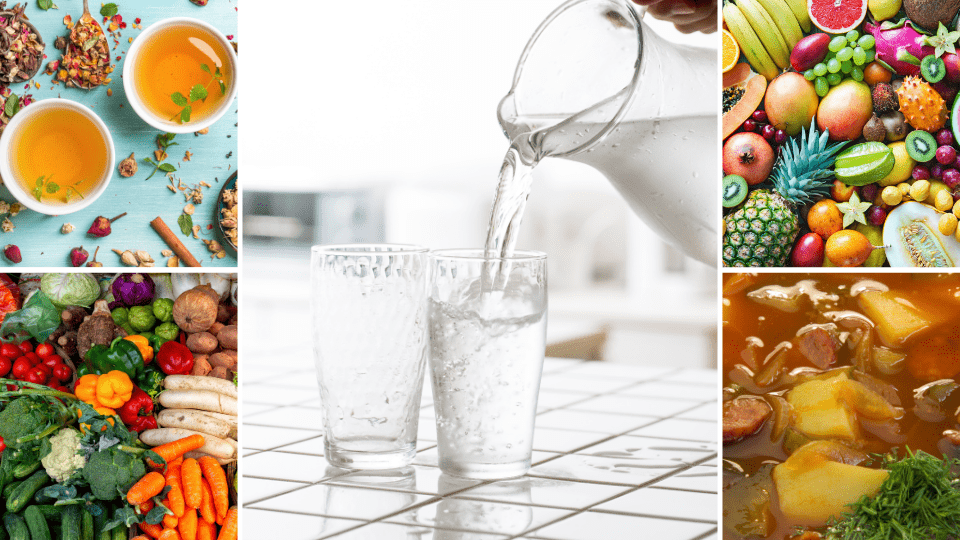
Mid Quality Examples: Coffee & Tea
Coffee and tea both have beneficial properties in their own right. However, they also contain caffeine. A powerful stimulant and diuretic.
Too much caffeine invites many negative side effects. (e.g. anxiety, insomnia, digestive issues)
And while you will pee more, you’ll still be more hydrated, not less after your cup-o-joe.
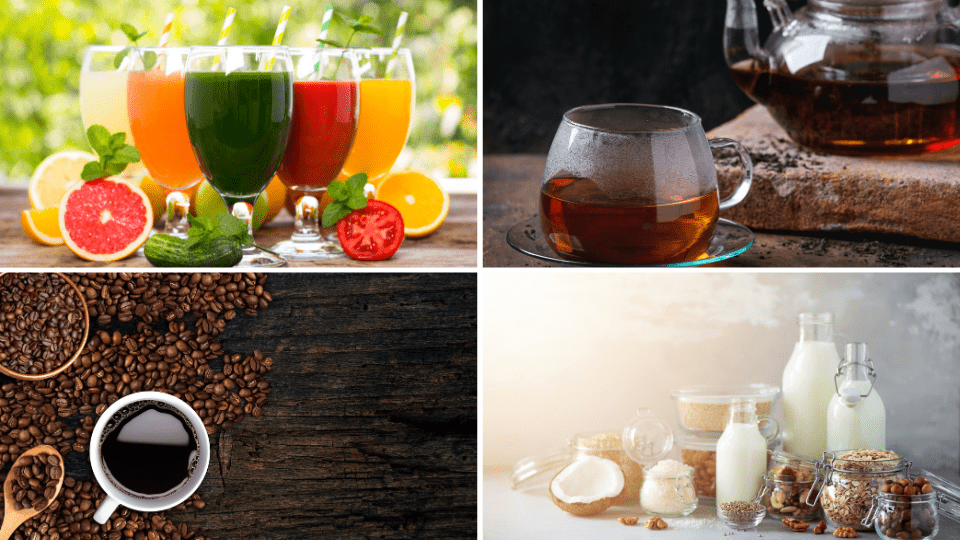
Low Quality Examples: Pop & Alcohol
There’s an average 9 teaspoons of sugar in a 375ml can of soda. Not to mention additional ingredients like artificial colors, flavors and caffeine.
Fermented grains, fruits and other plants create consumable alcoholic beverages like wine, beer, vodka, rum, and sake. 1 gram of alcohol contains 7 “empty” calories.
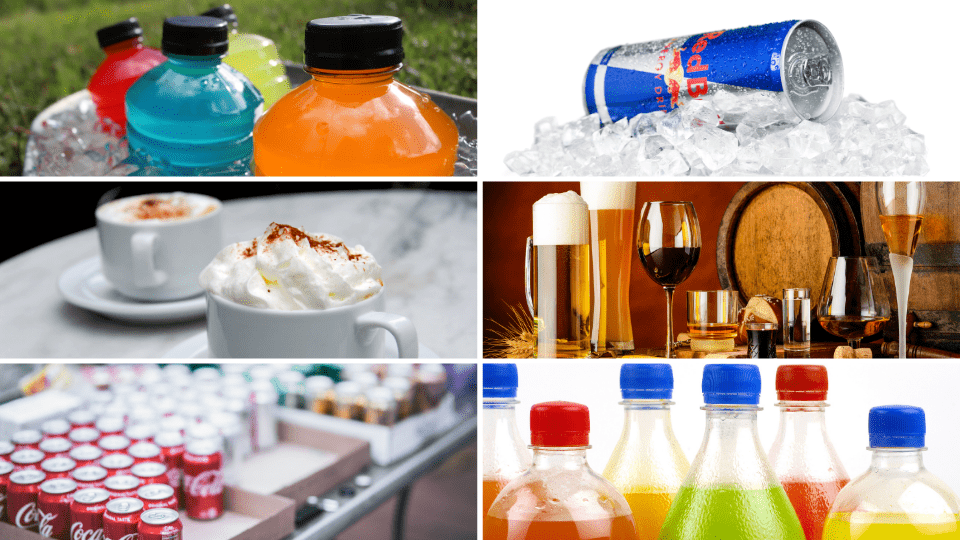
Moderation Is Key
The reality is, we eat and drink for more reasons than just hunger, thirst and optimum nutrition. That’s perfectly normal and okay!
Our liver, kidneys, digestive tract, skin and lungs help neutralize the effects of lower quality choices. They’re all part of our bodies sophisticated detoxification systems.
It’s only when our dietary habits contain too many of these low quality options that we give our bodies more than they can keep up with.
These habits are key factors in the development of chronic disease (aka lifestyle disease).
Making small changes to our daily habits is the most powerful area we have control to restore, improve or preserve our well-being.
Changing habits is not easy but it’s worth it.
Building healthier water habits can be an impactful place to start.
If you’re interested in building healthier water habits here’s a worksheet that might help.
Be well,
Christina


You May Also Like
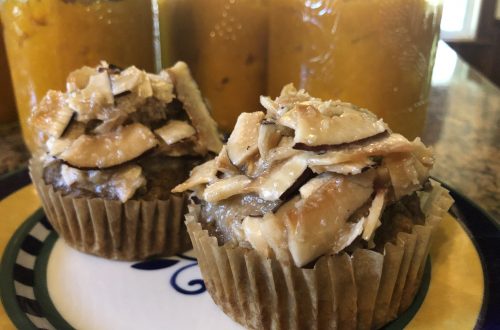
Healthier Pumpkin Spice Muffins
November 3, 2021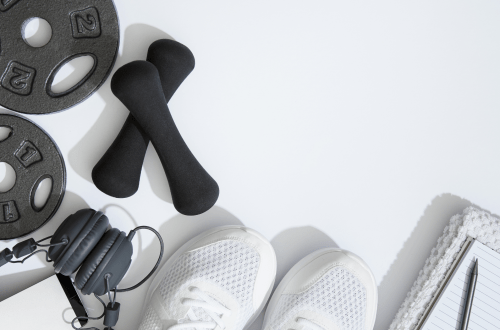
How To Safely Start & Stick With a Fitness Program – For Beginners
May 13, 2021